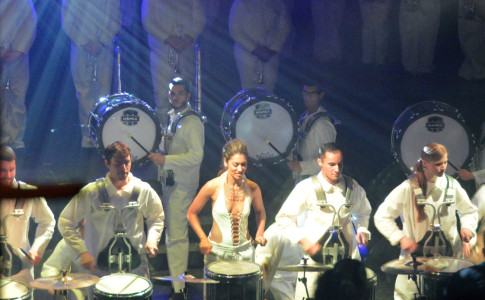One of the differences between amateur and professional musicians is sound projection. Many brass students produce a sound that barely makes it out of the bell, let alone off the stage and out into the audience. You need to fill the room with sound, and you need to understand the effect the room has on your sound.
DIRECT VS. REFLECTED SOUND. The notes that we hear emanating from a musical instrument are comprised of both direct and reflected sound. Direct sound goes straight from the source to the ear. Reflected sound bounces off various surfaces in the room before arriving at the ear. The balance of direct and reflected sound is an important consideration in the design of an acoustic concert hall, and it has a substantial impact on the sound of your horn.
You no doubt know that your horn sounds quite different if you are standing in a clothes closet compared to playing in a bathroom. The closet is filled with many sound-absorbent surfaces; the bathroom has a lot of reflective surfaces. The room sound has a corresponding effect on the response of the lips— it’s harder to play in an acoustically “dead” environment than one that is “live.”
THE GREATEST DISTANCE. I always strive for the greatest distance between my bell and the first reflective surface. The antithesis of this concept would be to point the horn directly at the music stand (a bad habit that diminishes projection and resonance). In a practice room, I position myself in a corner, playing toward the opposite corner. In a performance space, I aim for the back wall.
In all situations, I focus my eyes on where I want the sound to go, just as a baseball batter focuses on where he wants the ball to go. This visual concentration encourages me to inject energy into the sound in order for it to travel the distance. A player who projects will sound louder and more confident to the listener. Side benefits will also accrue, including fewer missed notes, greater efficiency and improved endurance. Don’t just produce a sound; send it forth!
ABOUT THE AUTHOR
Chase Sanborn is a jazz trumpet player based in Toronto. He is on the faculty at the University of Toronto and is the author of “Brass Tactics,” “Jazz Tactics,” “Tuning Tactics” and “Music Business Tactics.” Chase is a Yamaha Artist. Visit his website at www.chasesanborn.com. Questions about all things brass-related can be sent to info@chasesanborn.com.


